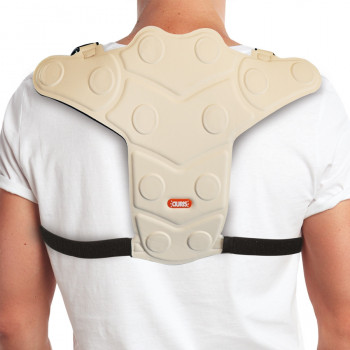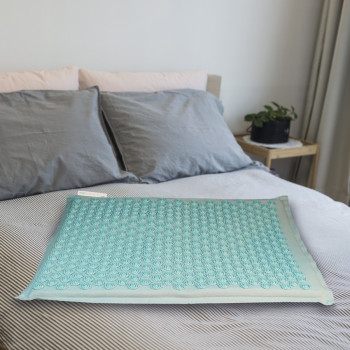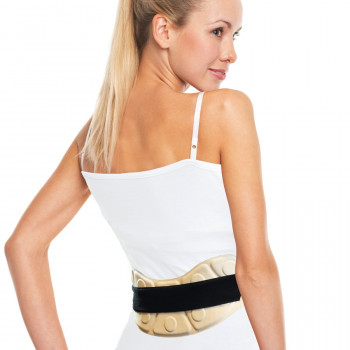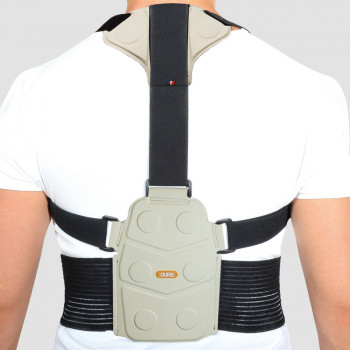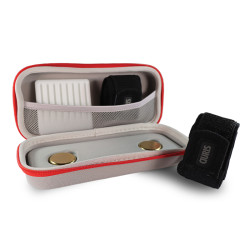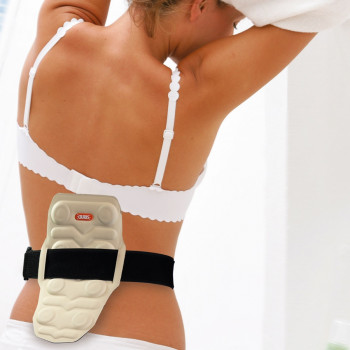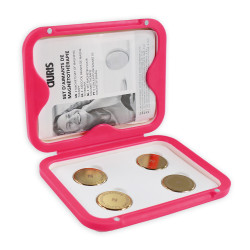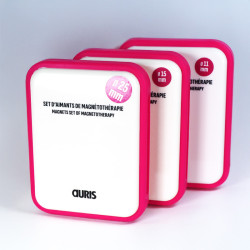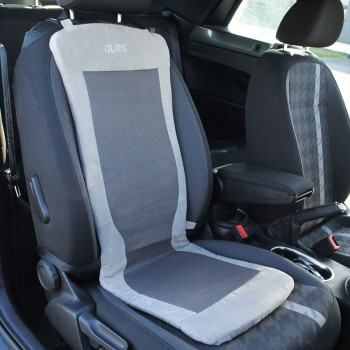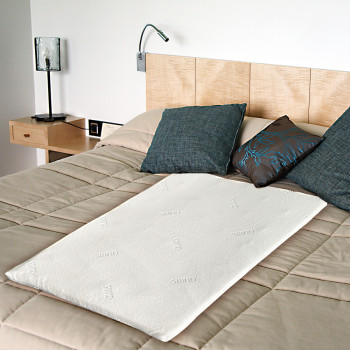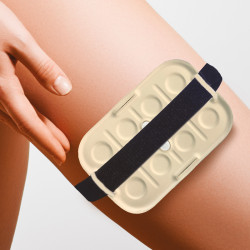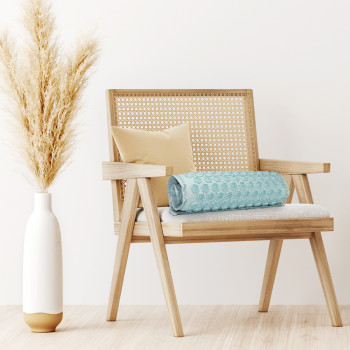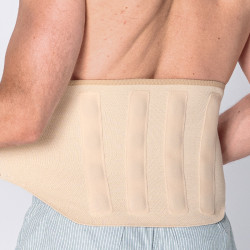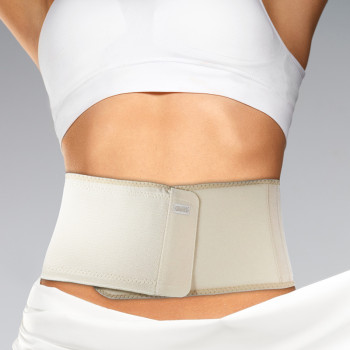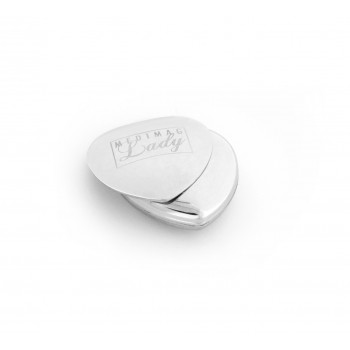- Free delivery via Colissimo Relais with the code NOEL25
- Free delivery via Colissimo Relais with the code NOEL25
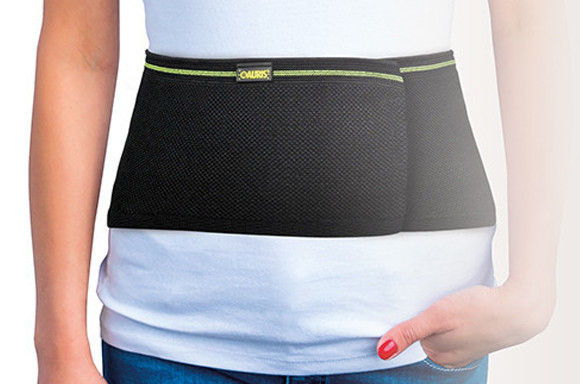
Back / Stomach
Every French person has suffered, suffers or will suffer from back pain. But is this inevitable? The factors behind this ailment of the century are well known: a sedentary lifestyle, lack of exercise and excess weight. But back pain is neither hereditary nor inevitable.
New high-performance therapeutic solutions exist: Auris ‘magneto-active’ orthoses, which provide light support without being immobilising, and deliver a local analgesic effect linked to a reduction in the conduction of certain peripheral nerve pain fibres and a stimulation of the secretion of endogenous opioids (powerful natural painkillers). This effect is thought to be due to the presence of powerful Neodymium Iron Boron medical magnets (3000 Gauss in contact with the skin).
Magnetic therapy offers a wide range of natural, non-invasive solutions in all areas of the body: lumbago, back pain, sciatica, hernia, etc. can all be treated effectively with Auris therapeutic magnets.

